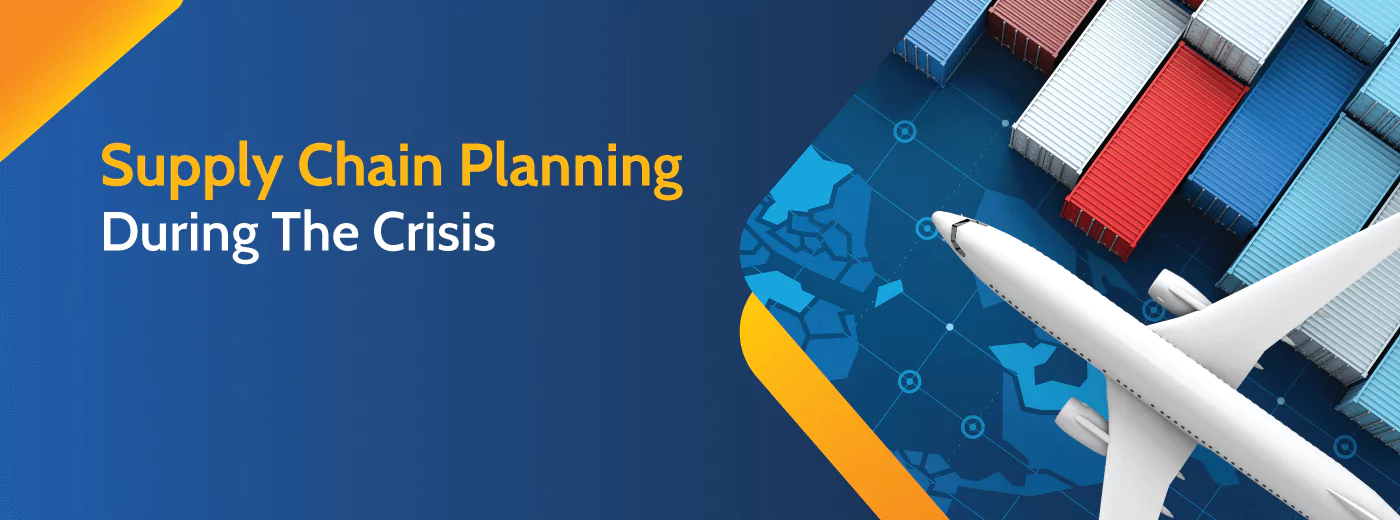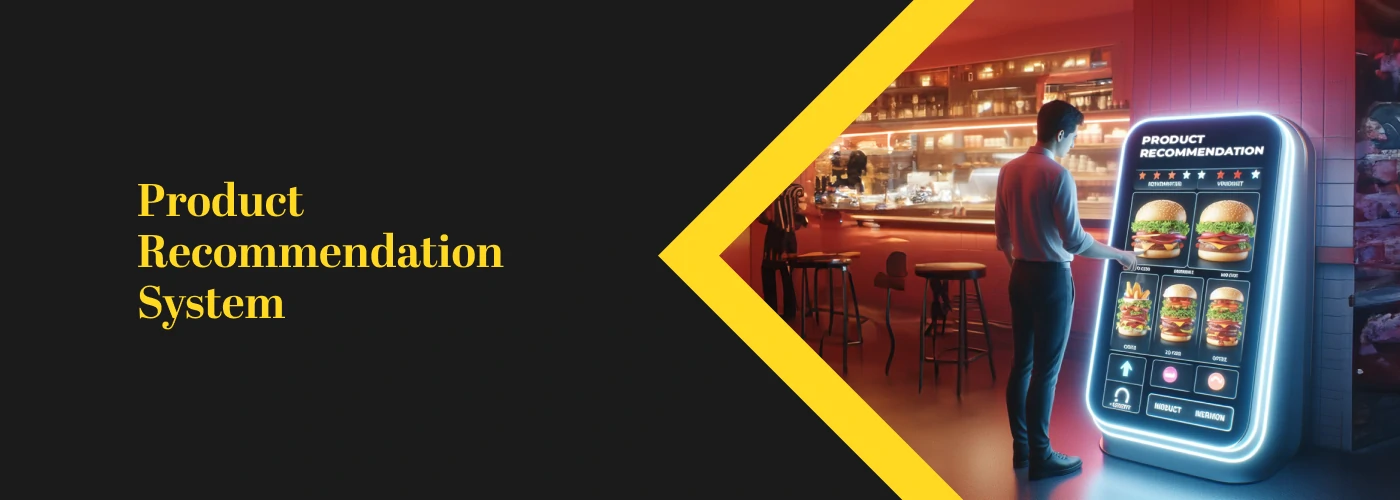In the age of expanding global supply chains and networks, effective, data-driven supply chain planning is more crucial than ever. It happens that sometimes detailed supply chain planning may not look like a compelling time investment because forecasts can be erroneous, and plans can go wrong. The present pandemic has taught us that demand can change overnight.
Presently there's been a lot of discussion around what the world will look like after COVID-19. or if we will need to get used to life with the virus and adapt our personal lives and business models to this situation.
In this blog, we will take a deep dive - how supply chain planning will change in the coming times.
How Is COVID-19 Affecting Supply Chain Planning?
The pandemic has created unparalleled disruption in supply chain planning. The financial and operational consequences are severe: planners are experiencing demand drops and surges by segments, supply shortages, reduced productivity, inventory order placement challenges and more.
Moreover, to oversee the crisis, planners cannot depend on the steady-state models onto which most of the existing planning systems are based. They're required to make decisions utilizing real-time information, acting as the "nerve center" of the flow of supply chain data.
Planners should look ahead to collaborate across the partner ecosystem and work with their supply chain function counterparts (supply/manufacturing and fulfillment) and other organizations functions (sales, marketing, and finance) to make sure that execution plans are aligned and meeting the most crucial requirements. They also need to manage the data more closely to achieve thoughtfully prioritized customers, micro-segments, products and geographies, and demographics.
This action step is necessary to repurposing supply capacity to manufacture high-demand products and for strategically moving inventory. Data-driven supply chain decisions help organizations better manage the disruption amid the crisis, resulting in a stronger foundation for future growth.
Make data-driven supply chain planning decisions to better manage the disruption amid the crisis, resulting in a stronger foundation for future growth
Critical Areas For Immediate Action
1. Put People First
The planning function is central to an organization's ability to address disruptive events like Covid-19. It is the conduit for effectual information sharing between supply chain ecosystem partners, including suppliers as well as external and internal consumers. To maintain effective operations, the planning workforce requires the leadership's support to stay productive and healthy amidst these tough times. That means addressing their emotional and mental requirements as well as protecting the physical safety. The organization also needs to devise new ways of working to dispense end-to-end collaboration abilities effectively.
In the face of this challenge, leaders need to:
2. Improving Visibility By Leveraging Data
"Black swan" disruption events result in severe demand and supply imbalances. The first response should be to ensure that services and products are obtainable to those most in need. Data-driven decisions can brace effectual response but it needs visibility into inventory, demand, capacity, finances and supply across the ecosystem. To do this, planning leaders should put more focus on the following:
Design supply maps of available supply options, inventory, and capacity availability covering the entire network.
Collaborate with customers and ecosystem partners to capture related supply shortages and demand shifts in near real-time.
3. Defining Segmentation To Prioritize Demand
Organizations can manage the pandemic impacts by prioritizing the services and products that are urgently in need. To do this, planners need to define priority micro-segments and analyze demand carefully. This process should consider combinations of customer geographies, market sales channels demographics, and products:
Utilize analytics to identify which micro-segments should be high-touch, medium-touch, and low-touch.
Define segment-specific strategies, like planning frequency, inventory norms, capacity allocations, and identify which parts of the portfolio are candidates for automated planning.
4. Evaluate Supply Chain Scenarios
Planners need insights to acknowledge the current challenges during covid confidently. To prepare, they must run simulations to predict when and where shortages and excesses are likely to occur. Besides, they should run end-to-end scenarios to get actionable insights that will optimize their operational metrics and help navigate the pandemic as effectively as possible.
Simulate production capacities to set up the existing high-touch portfolio or repurpose capabilities for new and critical in-demand products (like masks, hand sanitizers, other personal protective equipment and necessities).
What's Next For Supply Chain Planning
In the coming times, Supply chain leaders must take immediate actions to sustain these critical business operations and make timely decisions. There is a crucial requirement for leaders to address the crisis in the short-term while utilizing responsible strategies to build a resilient supply chain for the future.
The recommended key actions:
Reshape supply chain planning capabilities (such as integrated network planning, data science, and scenario analytics).
Flexibility in the network is the key to a resilient supply chain. Evaluate the network to identify flexible manufacturing and production opportunities to nourish the supply base with reduced risk. Explore options for distribution capacity and flexible warehouses by leveraging third parties, or dynamic and flexible fulfillment.
Final Thoughts
Henceforth, Organization should consider Anaplan for their supply chain planning as it revolutionizes how companies manage their supply chain. When all key stakeholders operate from one cloud-based platform, connections are built, and business goals come into view. When all planners work from unified data on a single platform, they can make adjustments to each component while ensuring that the entire ecosystem continues to work in complete harmony.
Presently, organizations have an opportunity to utilize this tough time to discover where investments are required, evolve the supply chain planning function, and reposition the organization to better support business growth once economies rebound.



